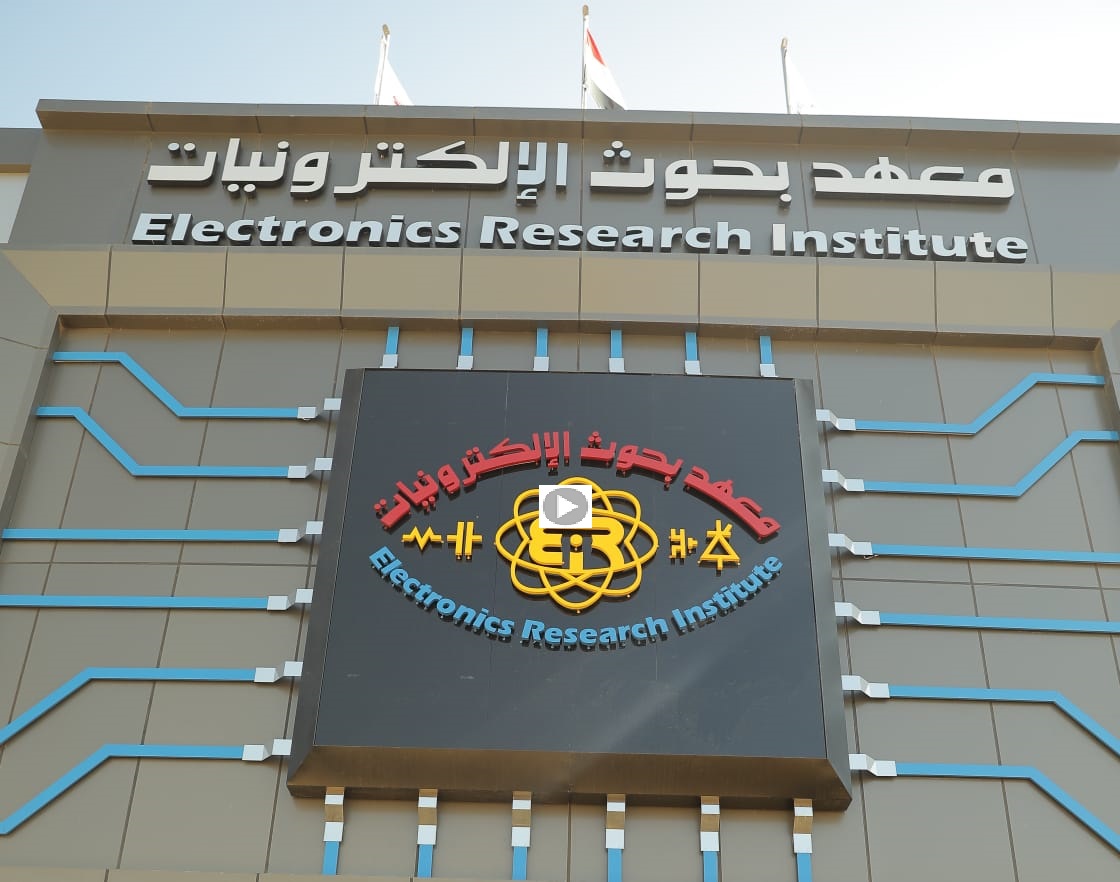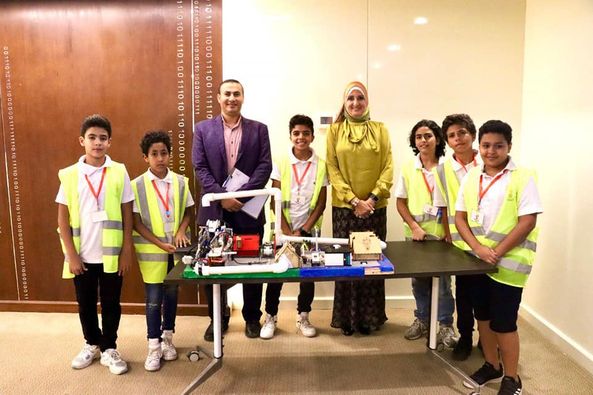| Project Title | DC-Based Energy Distribution System for Inter-connected Nano-Grids |
| Project PI | Dr.Essam Ibrahim |
| Project Abstract | Nowadays, there is a high penetration of renewable energy required changes to the present grid system but the conventional ac grid system is a rigid architecture built that distributes energy over long transmission lines, substations, and distribution network before arriving at the end users. The conventional grid increasingly is becoming a bottleneck for expanding the share of renewable energy. Also distributed energy sources (DERs) cause some problems such as voltage rise and protection problems in the conventional grid. So, there is a discovered new trends to solve these challenges by a group of new energy grid systems (called nanogrids) are interconnected together to form an open energy system (OES) . Open Energy Systems (OESs) is a new type of scalable and bottom-up distribution network approach which is represented by building blocks of a flexible number of dc nanogrids, as well as interconnected such subsystem via a local dc power grid and controlled in a distributed way to make an OES. A (very) small electricity domain that can be applied from 1.5 KW up to 5KW is called nanogrid. A nanogrid is the name given to an electrical main system for a single house, as opposed to a micro-grid which is usually for a power supply system for multiple buildings. Nanogrids can be seen as smaller and technologically simpler microgrid, typically serving a single building or a single load. As they face less technical and regulatory barriers than that of micro-grids. It also has a single physical layer (voltage; usually DC), a single administrative, reliability, and price domain, can interoperate with other (nano, micro) grids and generation through gateways. There are several advantages for nanogrid such as: there is no long distances transmission lines so this will decrease the heat losses so it also reduce the power losses, high efficiency, high reliability, small rating components will be used, the storage capacity can be reduced, and we can also reduce the running cost after a time as it depends on renewable energies. In addition, the nanogrid is more secure and safe rather than conventional grid. Unfortunately, the conventional nano grid consists from several inverter/converter sets. This leads to need a separate and isolated control and protection technique. Dependently, the overall cost and losses will be increased. Also, the noise due to interconnections between elements causes many problems such as interference. So, this project proposes new techniques to overcome these constraints. The main goals of this research are optimizing the performance of nanogrid by minimizing the number of inverter/ converter sets. This can be achieved by using single input multi-output inverter such as boost inverter or any other technique. Also, we try to improve reliability and versatility of the modified nanogrid. Another goal of the proposed system is improving the charging process of storage elements such as (batteries or super capacitor). This can be obtained by using smart control circuits. Then, these modified nanogrids can be connected to each other to obtain an open energy system. These OESs can be connected with the main grid or can be isolated and used as an islanded mode. This research is easily installed and can be applied for the low power loads which is utilized in rural areas that is difficult to be connected with the main grid. Small villages and the most poverty villages in Upper Egypt are the suitable places to apply the proposed technique. Also, the modern building and housing authority can apply this modified system on its recent projects |
| Project Objectives | 1. Make a full study on micro-networks. |
| Project Deliverables | - |
| Project Beneficaries | Small villages and the most poverty villages in Upper Egypt are the suitable places to apply the proposed technique. Also, the modern building and housing authority can apply this modified system on its recent projects |























































































